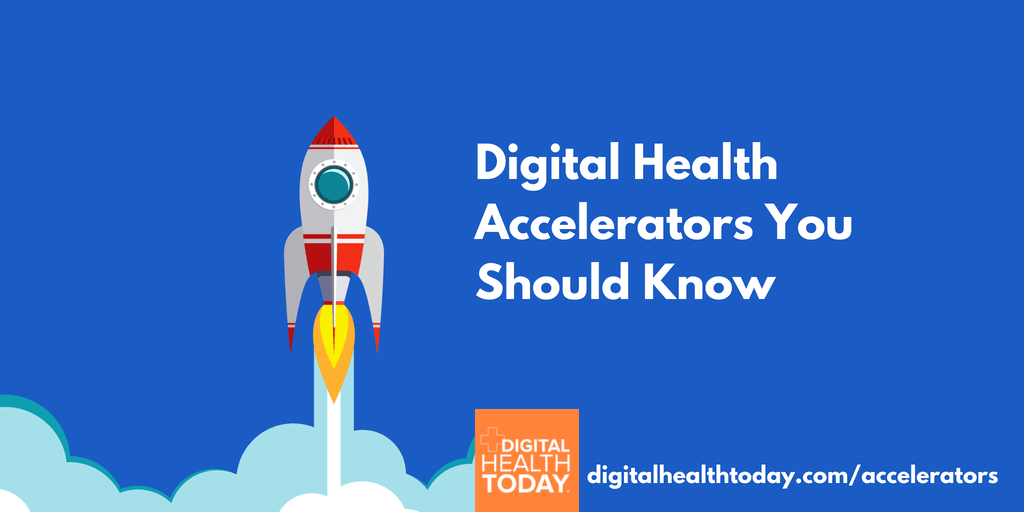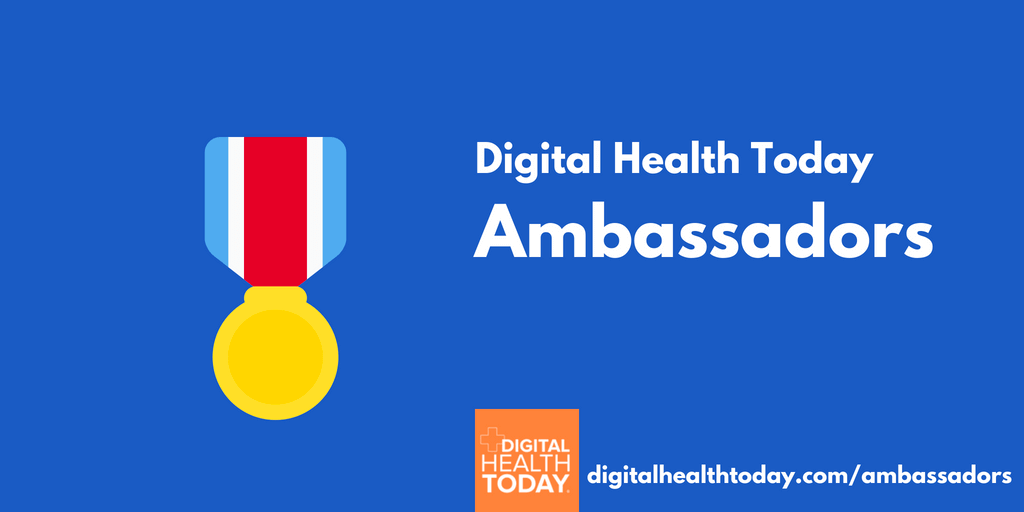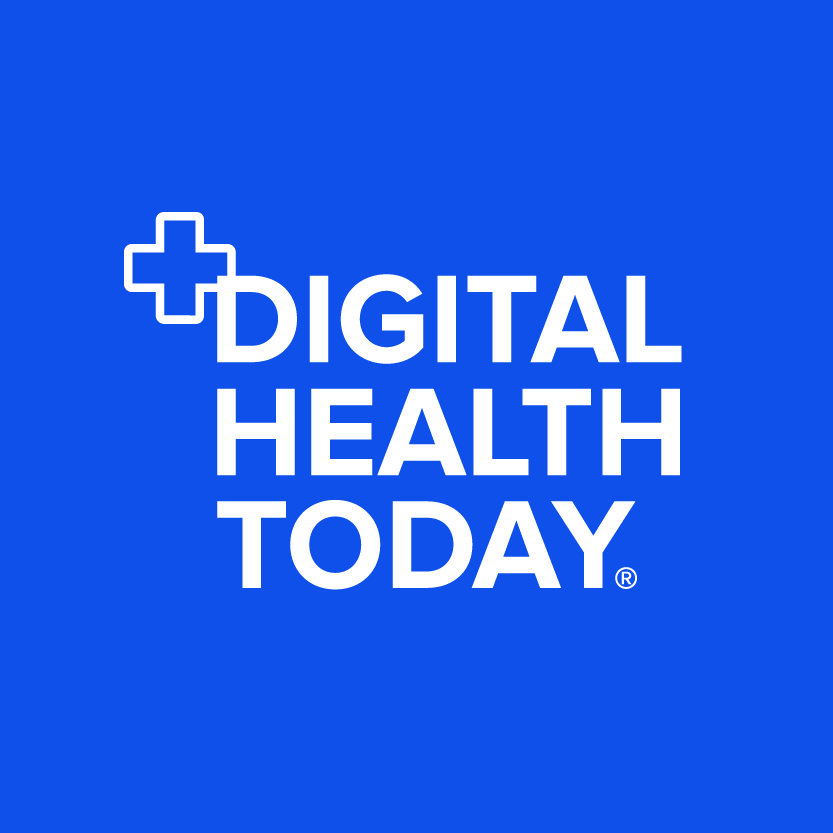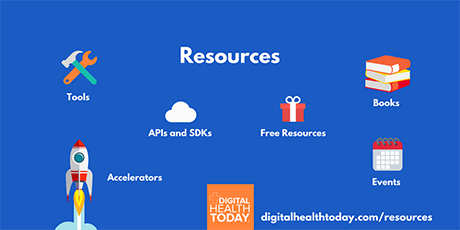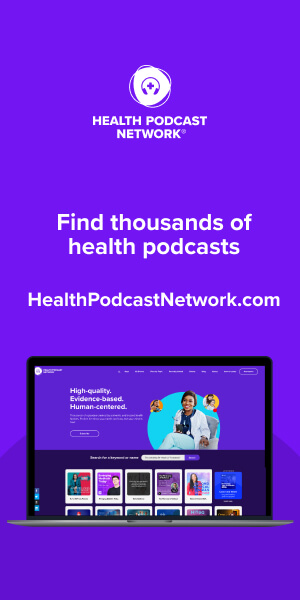In the last century alone, healthcare technology has remarkably transformed the average life expectancy of around 7 billion people across the world. But with every advancement, there comes a price. The advancements in healthcare have resulted in an ever-increasing knowledge base of biomedical data for doctors and physicians to access while diagnosing and treating their patients.
According to a study by the American Medical Informatics Association (AMIA), The Future State of Clinical Data Capture and Documentation, the global healthcare data added up to around 500 petabytes in the year 2012, and is expected to reach around 25,000 petabytes by the year 2020.
While this provides ample information for doctors, physicians, and other medical experts to utilize, it also creates a problem: accessibility. Simply put, there’s no way for these professionals to memorize and implement such a large amount of data.
This is the point where Predictive Analysis (PA) comes into play and makes it possible for the medical community to focus on finding new ways to improve people’s health, without having to manually analyze an entire medical databank.
Primarily, Predictive Analytics tools sift through huge databases full of patient’s medical history. It then segments out different disorders and disease, the latest biomedical and pharmaceutical research, and expert recommendations, which are statistically analyzed using enhanced data analytics solutions. This information is used to identify the most probable medical predictions for a specific patient.
Apart from predicting possible medical outcomes for the patient, PA also helps insurance companies guage better and more appropriate health insurance policies for their customers
Broadly speaking, there are seven core positive impacts of Predictive Analysis on the healthcare sector. Let’s take a look at each one.
1. Improved accuracy of diagnosis
The first and foremost application of Predictive Analysis in the field of healthcare is helping doctors give patients a more accurate diagnosis, far earlier.
For example, a symptom of weight loss may be indicative of a wide variety of disorders and disease. Instead of a doctor relying solely on their own knowledge, they can turn to Predictive Analytics. An analysis of the patient’s previous medical history against an elaborate databank can help the doctor make a more educated diagnosis and adopt an early treatment plan much more efficiently.
2. The ability to diagnose & treat life-threatening diseases faster
Modern life has made people more susceptible to an ever-growing number of complicated, life-threatening diseases. This puts the pressure on the medical community to continuously look for more advanced solutions. Too often, these life-threatening diseases are not accurately diagnosed until it’s too late for the patient to fight them and return to full health.
Predictive analytics can help us turn the tables on this by working in tandem with advanced genetic sciences to identify patients who may be at risk of debilitating diseases and provide them with the information they need to take preventive health measures.
3. Predictions to employers & hospitals about insurance product cost
Most companies today partner with insurance firms and hospitals to provide health insurance to their employees as a part of their benefits package. Together, the three may carry out Predictive Analysis for the employees of a company to arrive at a clearer picture of the costs they’ll incur in a fiscal year.
For example, if an enterprise has a workforce of 800 employees, out of which 200 are in a high-risk category for being hospitalized within a year due to health conditions, it may help the company, the insurance firm,and the hospital to better understand how they’re going to work out their mutual financial terms.
4. Predictive Analytics helps pharmaceutical companies meet the needs of the public
In the near future, one of the biggest beneficiaries of Predictive Analysis will be the pharmaceutical sector, as it will offer a clearer, more evidence-based assumption about the diseases and disorders that will most likely affect a lot of people. PA will help ensure that pharmaceutical companies are able to shift their focus to manufacturing greater quantities of medicines for those disorders, rather than spending their resources, efforts, and time developing medicine that won’t be as needed.
For example, if the Predictive Analysis for a certain province in India suggest the number of Dengue patients is going to rise next year, it will allow the pharmaceutical companies to prepare to address this challenge in that specific territory by manufacturing higher drugs for curing the epidemic.
5. Helps researchers develop better prediction models
With the help of Predictive Analysis, medical researchers are able to create prediction models that may improve their accuracy on a gradual basis and are dependent upon a much lower number of case studies. It is important to notice that the difference between statistical significance and clinical significance means a lot in the field of medical research. This fact proves that huge population studies may be of great use for the researchers as statistically significant differences can prove lethal for a clinical study.
For example, an observational study conducted on a large population set may suggest that farmers using a specific sort of pesticide in their fields are more prone to catch a deadly disease, while a Predictive Analysis carried upon a much less number of respondents may bring a completely different answer to light. Also, the strongest factor working in favor of Predictive Analysis is that it’s able to improve its accuracy in a gradual manner, with more inferences and insights accumulated over a period of time.
6. Provides physicians with detailed information about individual patients
For individual patients and their doctors, Predictive Analysis is indeed going to make a dramatic impact as it banks upon the Evidence-Based Medicine (or EBM) approach to provide the doctors with a large bank of personalized health information related to the patient. This will help the doctor in deciding the most appropriate treatment plans for each individuals, on the basis of various statistics learned using PA. In the instance that a Predictive Analysis of the medical history of a patient suffering from a chronic cough suggests an alternative category of medicine, instead of those normally used, it can save the patient unnecessary cost and side effects, while also giving the doctor a better understanding of the patient.
7. PA provides the benefit of better patient outcomes
Apart from hospitals, insurance companies, and physicians, Predictive Analysis will also yield a host of benefits to the patients that will improve their overall quality of life and save them from wasting their money on medications or treatments that may not suit them.
If a person with a complex genetic history is able to receive a prescription that their doctor knows, from using PA, will likely work best for them, they won’t need to go through the process of experimenting with different prescriptions that have worked for a larger population. In effect, this will turn the patient into a more informed consumer who will be able to work closely with their doctor, so that better health results are achieved with fewer costs and complications.
As the world becomes more data-based, , the use of Predictive Analysis will witness revolutionary growth. The healthcare sector is getting a lot of interest from funding agencies right now, and Rock Health’s database titled Digital Health Funding Database suggests that, between 2011 and 2014, a total sum of around $1.9 Billion was invested in companies that use Predictive Analysis.
This adoption is going to benefit all parties involved – physicians, pharmaceutical companies, healthcare agencies, companies offering healthcare benefits to their employees and, last but not least, patients.
